Theoretical Physics: Unraveling the Cosmic Mysteries
Table of Contents
Introduction to Theoretical Physics
Theoretical physics is the application of mathematical models and abstractions in explaining and predicting natural phenomena. It is distinct from experimental physics, whose basis is on empirical evidence and experiments but dwells deeper into the fundamental principles that govern the universe. Importantly, it serves as the path to furthering our knowledge from the tiniest subatomic particles to the largest cosmic structures.
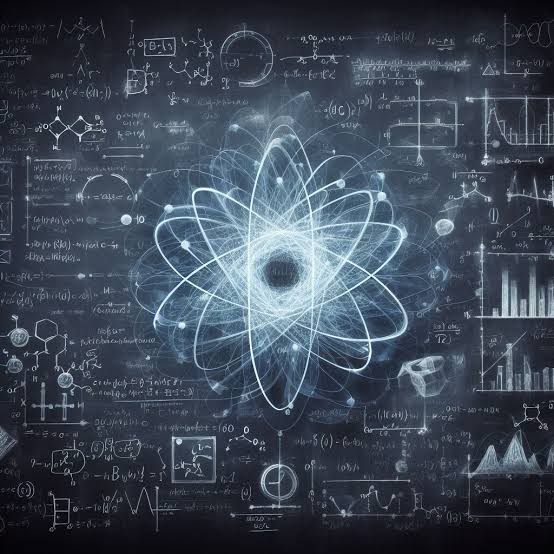
Fundamental Concepts in Theoretical Physics
Theoretical physics gives rise to a number of core concepts that lay the grounds for modern physics. Three of the most areas of concern are quantum mechanics, relativity, and particle physics.
Quantum Mechanics
Quantum mechanics is the science of particles at the atomic and subatomic levels. Quantum mechanics reveals concepts such as wave-particle duality, which entailed that particles can act in both wave-like and particle-like manners. An important principle that emerged from Heisenberg’s Uncertainty Principle is that it cannot be known both the exact position of a particle and the total momentum that a particle possesses at any point in space at the same time. Another famous thought experiment involving quantum mechanics is that of Schrödinger’s Cat; it demonstrates superposition and how observation affects quantum states.
Relativity
Relativity has subsequently been split into two: special relativity and general relativity, and both have been propounded by Albert Einstein. Special relativity considers the physics of an object, irrespective of what it is made of, traveling at a constant speed, particularly close to light speed, and this leads to one of the world’s most famous equations E=mc². General relativity includes gravity within this framework and now knows it to be a curvature of spacetime based on the concentration of mass-energy. Many experiments, including the bending of light around the sun during an eclipse, were conducted to test these theories.

Particle Physics
Particle physics is the study of the particles that make up matter and the forces with which they interact. A well-established theory, known as the Standard Model, brings together all the subatomic particles that have ever been detected. Very recently one of the most notable landmarks of observation has been finding the Higgs Boson in 2012 at CERN proof that confirmed this mechanism whereby particles gained mass. All these discoveries notwithstanding, the search goes on for theories beyond the Standard Model to explain phenomena such as dark matter and neutrino oscillations.
Quantum Mechanics: The Subatomic World
Quantum mechanics has altogether changed the way we perceive the micro-world.
Wave-Particle Duality
There is a principle which states that any particle or quantum object can be considered either as a particle or as a wave. There are some phenomena that show in unequivocal ways this dual nature. That includes, for instance, electron diffraction and the double-slit experiment.
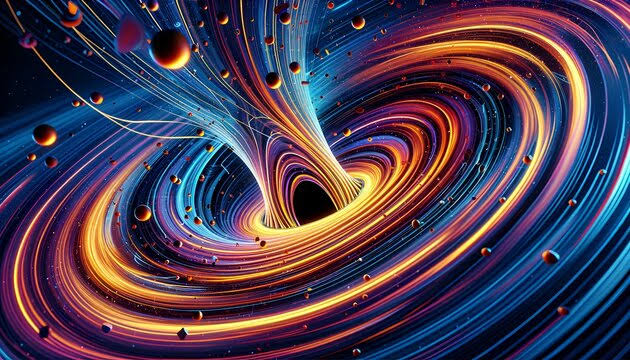
Heisenberg’s Uncertainty Principle
This means that one can’t know precisely where an object is and how fast it’s traveling simultaneously. Such vagueness has nothing to do with measurement; it just reflects a fundamental property of nature.
Schrödinger’s Cat
A hypothetical thought experiment of quantum superposition: Imagine putting a cat in a box with some radioactive material, such that there is a chance that within a certain time frame a radiation will come along and kill the cat. The act of measurement causes a wave function collapse such that the cat is both dead AND alive at the same time. This paradox exemplifies the weirdness of quantum mechanics.
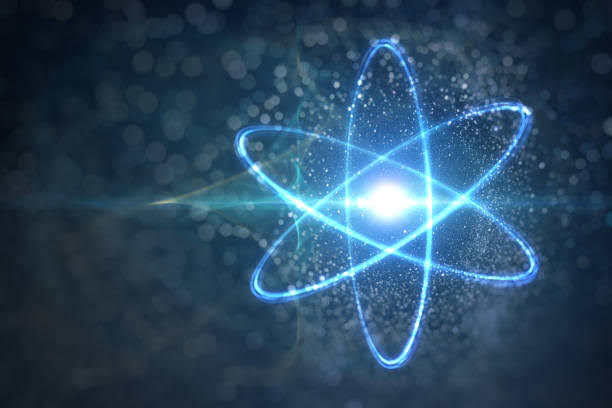
Relativity: The Fabric of Spacetime
Einstein’s relativity theories radically changed the perception of space, time, and gravity.
Relativity: Special Theory
It asserts that the principles of physics apply equally to all observers who are not experiencing acceleration. It is well known to give one of its most fantastic consequences-time dilation where time slows down while the objects travel at an incredible speed.
Relativity: General Theory
According to general relativity, gravity doesn’t exist rather it is a curvature of spacetime. Massive stars, planets, etc, create dents within spacetime which basically make other objects move in curves.
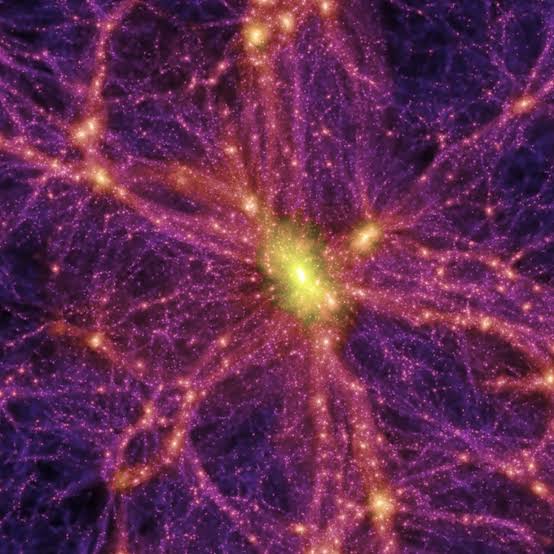
Evidence and Experiments
The bending of light from stars around the sun during a solar eclipse in 1919 provided very strong evidence for general relativity. Measurement of time dilation via atomic clocks on fast-moving aircraft has confirmed special relativity.
Particle Physics: Building Blocks of Matter
Particle physics investigates the elementary constituents of matter and forces.
The Standard Model
This theory classifies all recognized elementary particles and describes three out of the four fundamental forces in nature: electromagnetic, weak, and strong nuclear forces. Gravity remains outside this theory, though.

Higgs Boson Discovery
This Higgs Boson found at CERN is significant because it explains how particles acquire mass through the Higgs field, which forms an integral part of the Standard Model.
Beyond the Standard Model
The supersymmetry theory and the string theory have been recently forwarded to go beyond the Standard Model in order to answer the existing questions about the dark matter phenomena and the unification of forces.

String Theory: The Grand Unification Framework
The string theory is one of those ambitious theoretical frameworks that attempt to compromise quantum mechanics and general relativity.
Basic Principles of the String Theory
String theory, through demonstrations, proves that the dots may not be point-like but rather microscopic strings vibrating at different frequencies and giving out different particles.
Dimensions and Branes
String theory necessitates dimensions more than those familiar to our reality, namely three. These spatial dimensions are either compactified or hidden from our mode of perception. These multidimensional objects that make up string theory are referred to as branes, which enable strings to attach themselves.

Criticisms and Challenges
string theory is a very beautiful concept but empirical and, so suggests critics, cannot lead to testable predictions.
Dark Matter and Dark Energy
These mysterious ingredients make up the majority of the mass-energy content of the universe and are completely unknown.
Evidence and Implications
Evidence for dark matter arises from observations of galaxy rotation curves and gravitational lensing. Indirect evidence for dark energy comes from the accelerated expansion of the universe.
Theories and Models
There are some theories behind dark matter: WIMPs (Weakly Interacting Massive Particles), axions, and several others. Dark energy, on the other hand, usually relates to the cosmological constant or quintessence.

Recent Developments
The Large Hadron Collider is just one of many examples of particle colliders searching for dark matter directly from particles, either above the ground as above and below the earth on the Deep Under Ice Detector.
Cosmology: The Birth and Destiny of the Universe
Cosmology has the scope to understand the universe on large scales and trace out its development.
The Big Bang Theory
This highly accepted theory explains expansion of the universe from a highly hot and dense initial phase. The cosmic microwave background radiation survives as a residue of this early period.

Cosmic Inflation
The inflationary theory proposes that the universe expanded exponentially nearly at once after Big Bang, which explained uniformity of the cosmic microwave background.
Future Scenarios
Other possible histories for the universe include either an ever-growing universe, perhaps followed by a big freeze, or an ultimate big crunch, when on the nature of dark energy and several other factors depend.
Black Holes and Wormholes
Black holes are merely regions of spacetime where gravity is so extreme that nothing, not even light, can escape. Theories of wormholes are hypothetical tunnels connecting distant points in spacetime. So far, neither black holes nor wormholes have been directly observed by scientists.
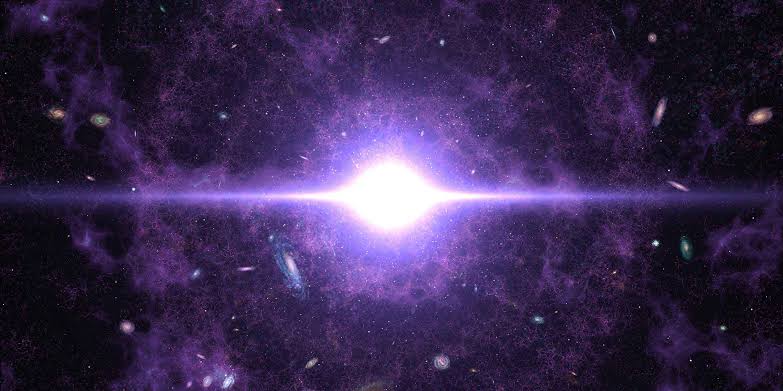
Formation and Properties
Black holes are a product of stellar collapse. Some solutions of the Einstein equations describe their behavior exactly, the Schwarzschild and Kerr solutions.
Hawking Radiation
Stephen Hawking suggested that black holes emit due to quantum effects at the event horizon of a black hole. It should be that they would evaporate eventually.
Theoretical Wormholes
Wormholes are a solution in general relativity and one would hope were possible for travel faster than light. Their existence and stability are speculative to date.

Quantum Field Theory
Quantum field theory, or QFT for short, is a theoretical framework used to construct a quantum mechanical model of subatomic particles based on some of the principles of particle physics and field theory.
QFT Basics
In QFT, parts of classical field theory, special relativity, and quantum mechanics are unified. In QFT, particles are regarded as excitations of underlying fields.
Applications of QFT in Particle Physics
QFT is an important part of the Standard Model. This theory describes interactions by the process of emitting and absorbing particles, for instance, electromagnetic exchanges due to photons.
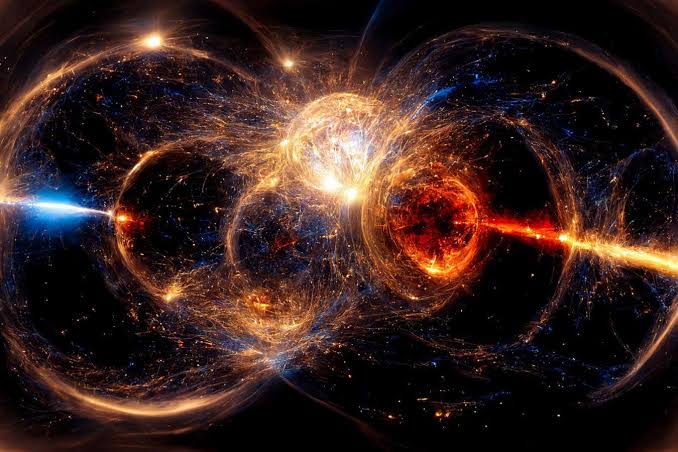
Quantum Electrodynamics (QED)
QED, or Quantum Electrodynamics, is the QFT of the electromagnetic force. It describes how light and matter interact and is one of the most precisely tested theories in physics.
Emerging Theories and Concepts
Scientists are still innovating new theories to answer questions not yet settled by theoretical physics.
Loop Quantum Gravity
This theory tries to quantify spacetime itself, an alternative to the string theory. Hypothesis: at very tiny distances, spacetime comes in discrete packets of space and time.
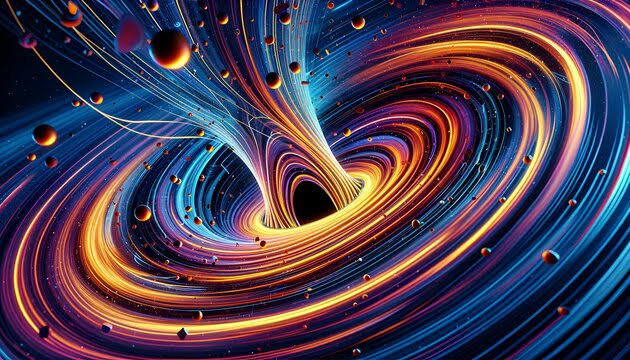
Quantum Gravity and Black Hole Information
Black Hole Information Paradox
Several theories, from holography to quantum entanglement, have attempted to solve this problem, which lies in the tension between general relativity and quantum mechanics.
Multiverse Hypothesis
According to some interpretations of quantum mechanics and string theory, the universe may be part of a multiverse, wherein multiple universes hold different physical laws and constants.

Experimental vs. Theoretical Physics
The fact is, however, that both experimental and theoretical physics contribute toward furthering our understanding of the universe.
Differences and Interdependence
Whereas experimental physics is the observation and measurement of physical phenomena, theoretical physics provides the basis for such on mathematical models that are purported to explain the phenomena. The two complement each other.
Major Experimental Facilities
A facility like CERN’s Large Hadron Collider, Fermilab, and a myriad of astronomical observatories test theoretical predictions.
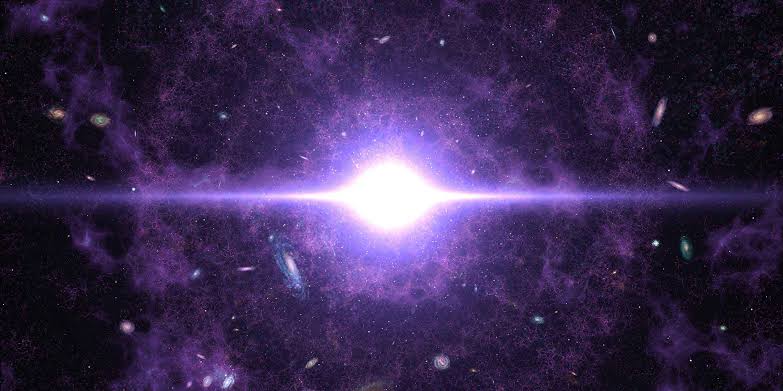
Contribution to Theoretical Advances
Experimental evidence can confirm or refute theoretical models with the derivation of new models, or an improvement of the theories under question.
Role of Mathematics in Theoretical Physics
Mathematics is the tongue in which theoretical physics speaks, a source of tools and frameworks to design and test theories.
Mathematical Backbone
Advanced mathematical structures such as calculus, linear algebra, and differential equations are applied in theoretical physics.
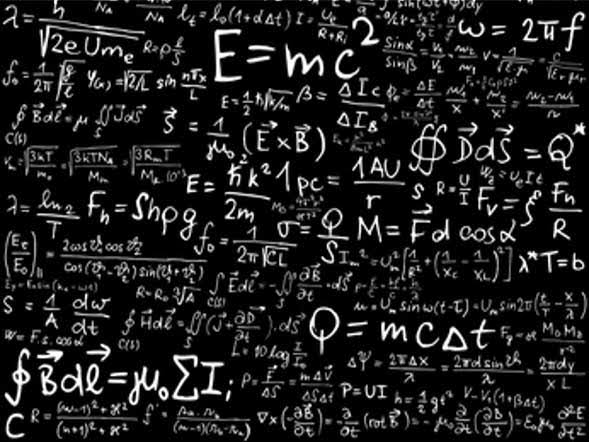
Important Formulae and Theories
Equations like the Schrödinger equation, Einstein’s field equations, and the Dirac equation define the quantum structures of their respective fields.
Problems in Mathematical Physics
Solving complex equations and discovery of new mathematical tools are still open in the field of theoretical physics.
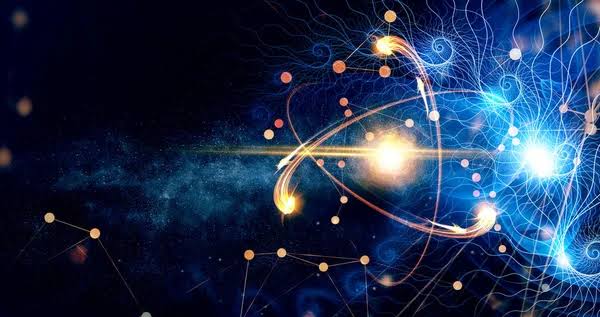
Philosophical and Ethical Questions
Theoretical physics holds great questions of profound philosophical and ethical questions related to the nature of reality and for the pursuit of knowledge that burden greatly upon scientists venturing to this study area.
The questions over the nature of time, multiple universes, and the interpretation of quantum mechanics are among the common issues of interest to the theoretical physicists.
Moral challenges that emerge during the execution of research.
Applications of scientific inventions in undesirable activities, ecological consequences of large-scale experiments, and equitable distribution of money for research are some of the ethical issues that arise out of research.

The Future of Theoretical Physics
The theoretical physics knowledge will then be stretched to the utmost limits in a way compatible with human beings, breaking various frontiers in understanding the universe and developing new technologies.
Conclusion
Theoretical physics is a dynamic and constantly evolving field of research that tries to explain the basic principles which guide the universe. Ranging from quantum mechanics to cosmology, a theoretical physicist delves into the unknown mysteries of the cosmos by pushing the human boundary for knowledge. As this research is well conducted, new theories and discoveries will soon surface; this will drive the direction of future science and technology.
FAQs
What is the distinction between theoretical and experimental physics?
Theoretical physics explains the phenomena physically by creating mathematically equivalent models. Experimental physics consists of direct observation and measurement to verify these theories.
String Theory’s Attempt to Unify Physics
String theory claims that all particles actually consist of tiny, vibrational strings that could offer a unified theory between quantum mechanics and general relativity because it can describe all forces and particles in one framework.
Why is dark matter important in theoretical physics?
Dark matter would be responsible for explaining the gravitational effects seen in galaxies and clusters that could not be provided by visible matter alone. A discernment of dark matter may lead to new understanding about the universe’s structure and composition.
What are some important issues in cosmology?
The main difficulties in cosmology are the darkness of energy, the dark matter nature, and the early universe conditions with the Big Bang and inflation.
What can a black hole tell us about physics?
Black holes act as testing grounds for theories of gravity, quantum mechanics, and general relativity. These studies of black holes can inform us about the matter and energy behavior in extreme conditions.




